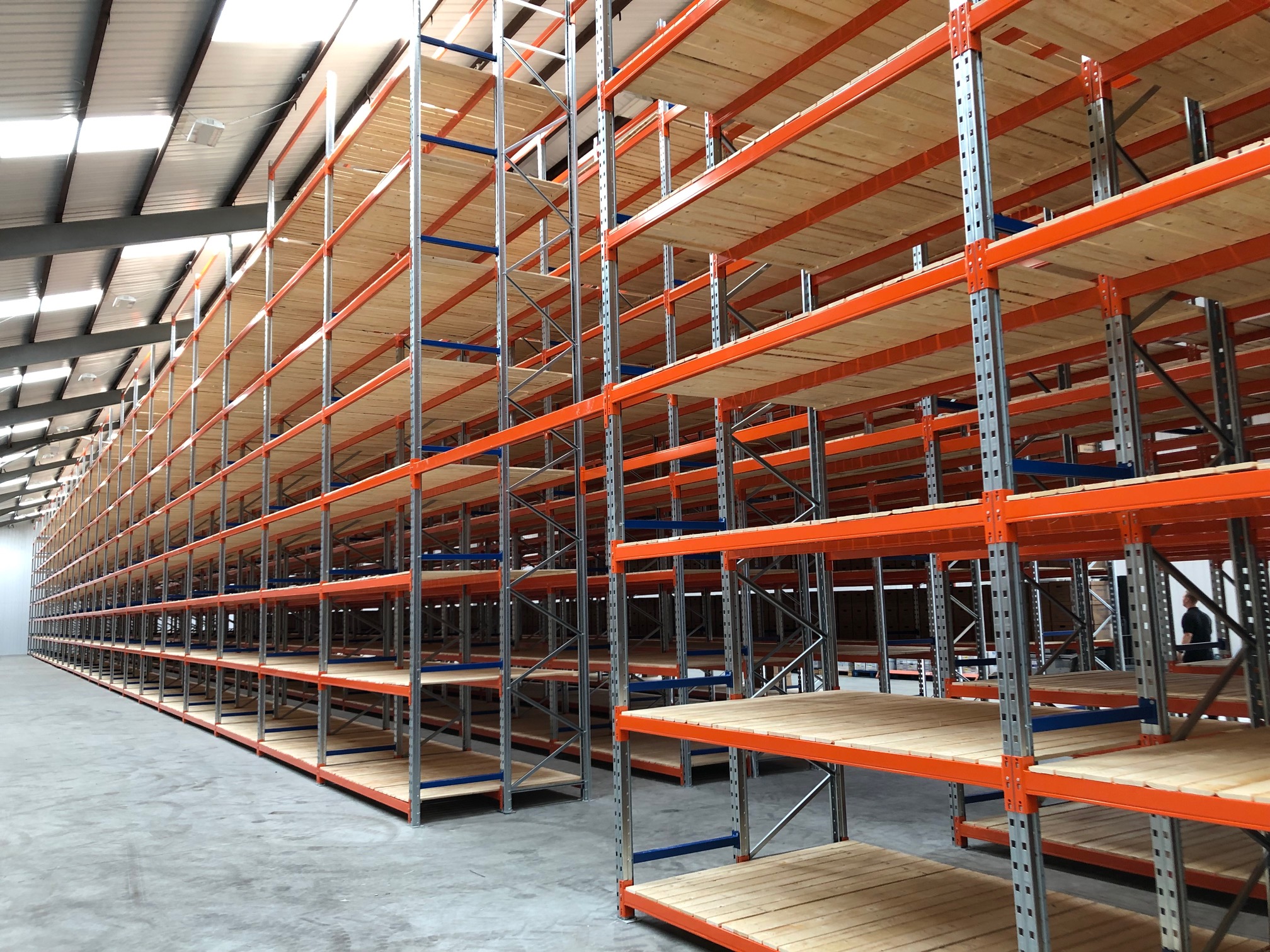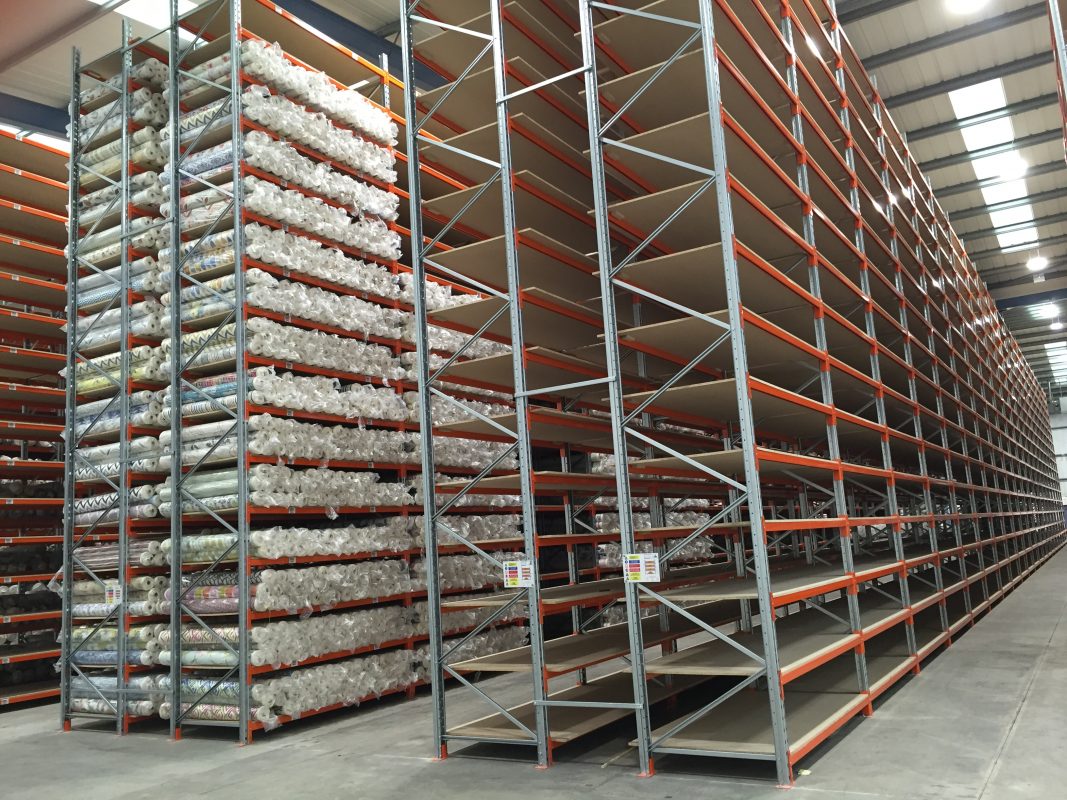Matthew Powell
@
Are you looking for a compact and highly efficient storage system that makes the most of both height and floor space? Look no further.
What is Drive-In Pallet Racking?
As the name suggests, with drive-in pallet racking, forklift trucks enter the aisles to load/unload pallets eliminating the need for operating aisles. Pallets are placed on runners and the forklifts enter the racking to store or collect the products.
This system allows for more products to be stored per cubic metre than any other available storage systems by eliminating lanes and aisles from the structure. This in turn impacts selectivity.
Drive-in pallet racking systems operate on a first-in last-out (FILO) basis – the first pallet that is deposited into the lane will be the last to be retrieved. As a result, this system is best suited to storing products of the same type that are not time-sensitive as stock rotation is reduced, or for fast moving bulk insertions and retrieval of pallets.
Advantages of Drive-In Pallet Racking:
- Improved utilisation of floor space – there is no need for aisles so you can fit more product into your facility
- Simple loading & unloading – prevents any of your products from getting damaged in the storage process
- Standard handling equipment – regular forklifts can be used in this system
- Ideal for pressure sensitive products – pallets are stored on cantilever rails instead of directly on top of one another
Disadvantages of Drive-In Pallet Racking:
- Limited stock rotation – ideal for seasoned or chilled goods, but not for perishable products unless pallets are stored as full loads in and out of the rack so that LIFO is not an issue
- Increased risk of damage – there is a high amount of forklift traffic with this type of system which increases the risk of the racking getting damaged by a forklift
- Reduced accessibility – only pallets at the front of the cantilever arms are readily accessible because of the LIFO process
Things to Consider:
Whilst drive-in racking primarily uses the first-in first-out system, it can be tailored to use the first-in first-out (FIFO) principle which would solve any potential issues with stock control. This can be done by creating a second access way, one on each end of the system. This obviously impacts on the floor space used as the forklifts need access to both ends of the rack.
Operators must enter and leave the racking system extremely carefully and slowly to avoid hitting the upright frames. To protect the drive-in racking, it is recommended that ground rails are installed to guide the forklift and the pallets out of the system safely.
If you would like any further information on drive-in pallet racking, call us today on 01423 819057 or email sales@warehousestoragesolutions.com to arrange a no obligation visit.



